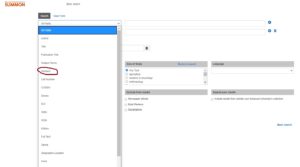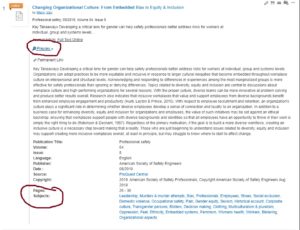- The contribution from Wong in the article “Changing Organizational Culture” that stood out the most to me occurred on the top of the second column on the second page. Wong had previously gone over ways in which organizations approached diversity and inclusion and pointed out the correct and incorrect ways to address these efforts. The quote that most contributes to a bigger argument is “an inclusive organization takes efforts to shift its own practices, policies and structures in ways that affirm, support and embrace such differences to be more equitable”. I really like this quote because Wong demonstrates an example on how to make organizations more inclusive without creating the error of focusing on diversity by including one “token” minority. Wong’s method “places responsibility on the organization” instead of putting the responsibility on the individuals. All too often we see organizations that concentrate on diversity by simply increasing the number of minorities without attempting to actually provide inclusion to these groups.
- Wong uses a lot of transition words in her writing as many proficient authors do. To answer this particular discussion question, I wanted to have it relate to the metaphor she gave talking about equality and equity through the use of shoes. This particular section had quite a few transition words, but one that stuck out the most was the last sentence of the first paragraph on the third page, “Whereas equality would give everyone the same shoe, an equity approach would recognize that fairness requires giving everyone shoes that fit their particular needs so that they have an opportunity to thrive and succeed”. This one sentence perfectly tied up the previous metaphor and explained Wong’s reason for providing it. It made me truly understand the scope of equality versus equity which was this paragraph’s purpose. Whereas, however, is not the only transition word used even in this particular paragraph alone. Wong utilizes two other contrasting transition words to fully explain her metaphor which just shows that they are very helpful indeed.
My highlight is that I watched the TV show “The Mare of Easttown” on HBO max with my parents which was a really good murder mystery show. It was especially cool because it takes place and was filmed in my county so I really enjoyed seeing and hearing all the references to places around where I lived and actually seeing Wawa represented in media.




